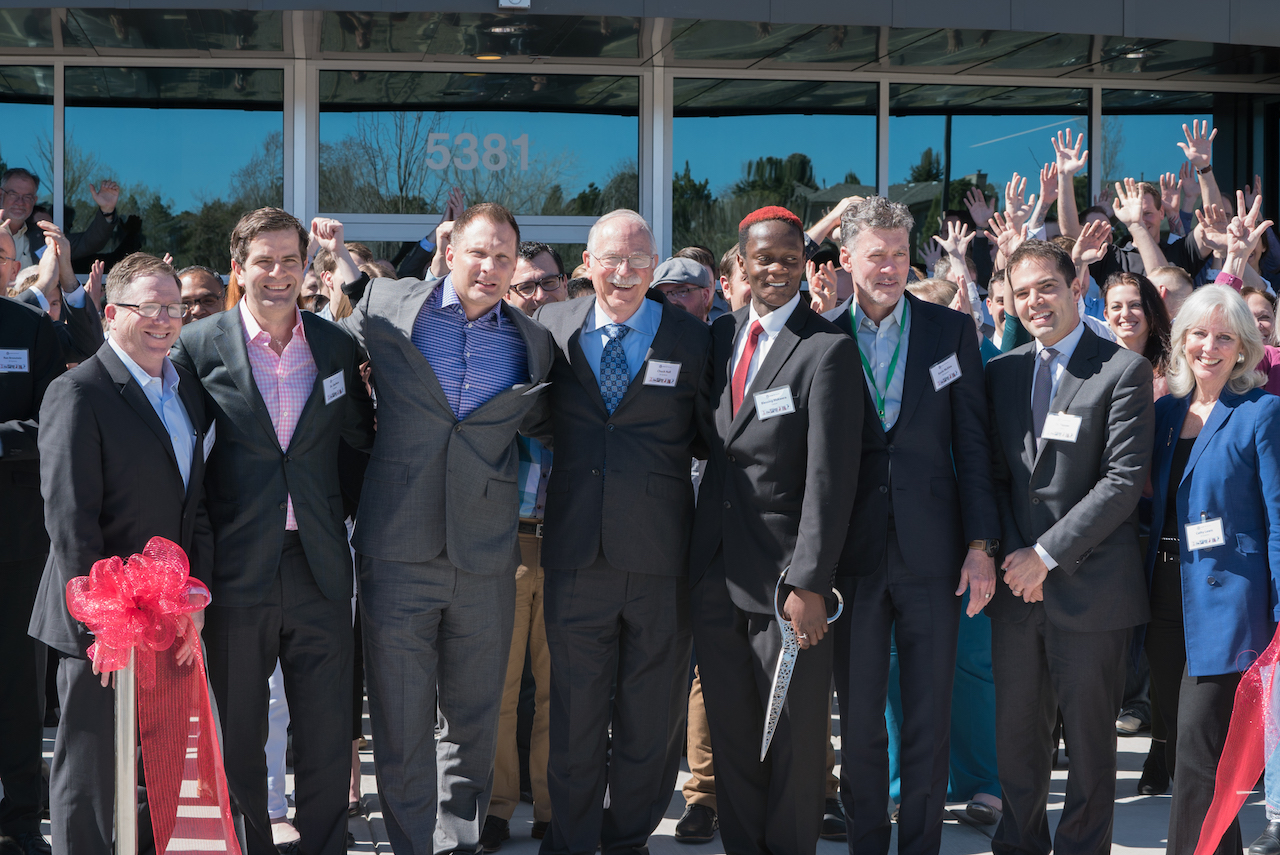
3D Systems announced the opening of a new center of excellence dedicated to 3D healthcare.
The new center is located in Littleton, Colorado, where all of 3D Systems numerous 3D technologies will be applied to medical fields. They explain:
3D Systems’ Healthcare Technology Center will feature manufacturing floors powered by 3D printing to produce known medical solutions and pioneer new ones. These 3D printing manufacturing floors will house a complete range of 3D Systems’ technology, including Direct Metal Printing (DMP), Stereolithography (SLA), Selective Laser Sintering (SLS), ColorJet Printing (CJP) and MultiJet Printing (MJP).
But that’s not all. They’re also including software and 3D applications that aren’t 3D printing as well, including the Simbionix surgical simulators as well. I tested one of these devices at CES, and found it fascinating to probe inside a virtual person’s organs yet. But definitely not for the squeamish.
Placing this equipment in a single facility does have significant advantages: 3D Systems can centralize things like standardization, so that they can more easily obtain medical and governmental certifications for objects produced at the center. It also forms a known place where medical experts can converge to investigate solutions to medical problems with 3D technology.
One other interesting observation here is that it’s now clear that medical applications are a key strategy for 3D Systems. As I’ve written many times before, most 3D printing companies are now focusing on specific application areas to grow interest in their products and services. While this phenomenon is often seen in smaller companies, the big companies are by no means immune.
Stratasys, in fact, has spent considerable effort to work with manufacturing industries to promote useful – and sometimes revolutionary – applications of their equipment, particularly in aerospace.
Now we see 3D Systems focusing on medical applications. It’s a good strategy that will certainly help 3D Systems, but also can help you and I as new medical advances are surely to emerge from this new center.
Via 3D Systems

